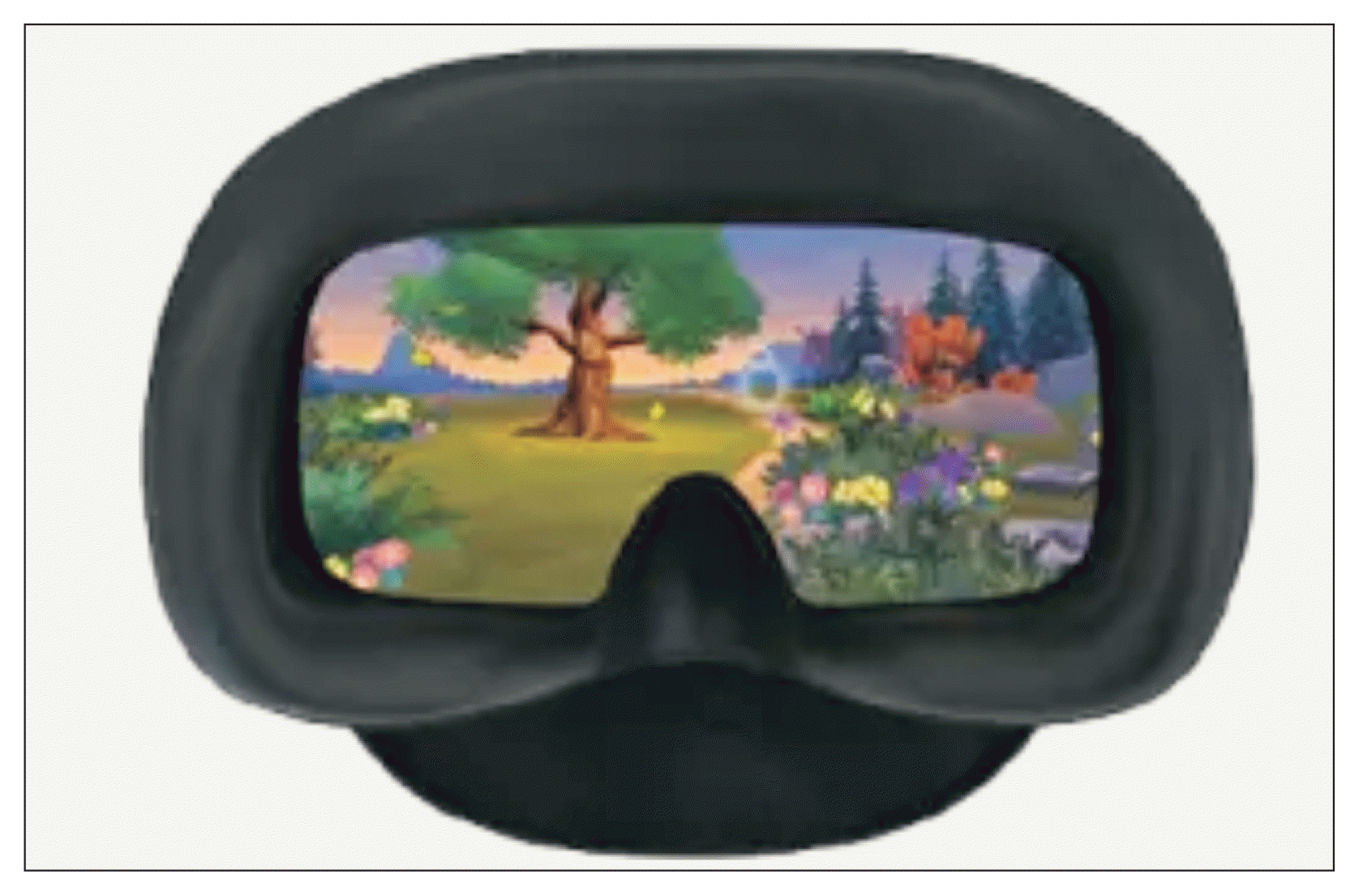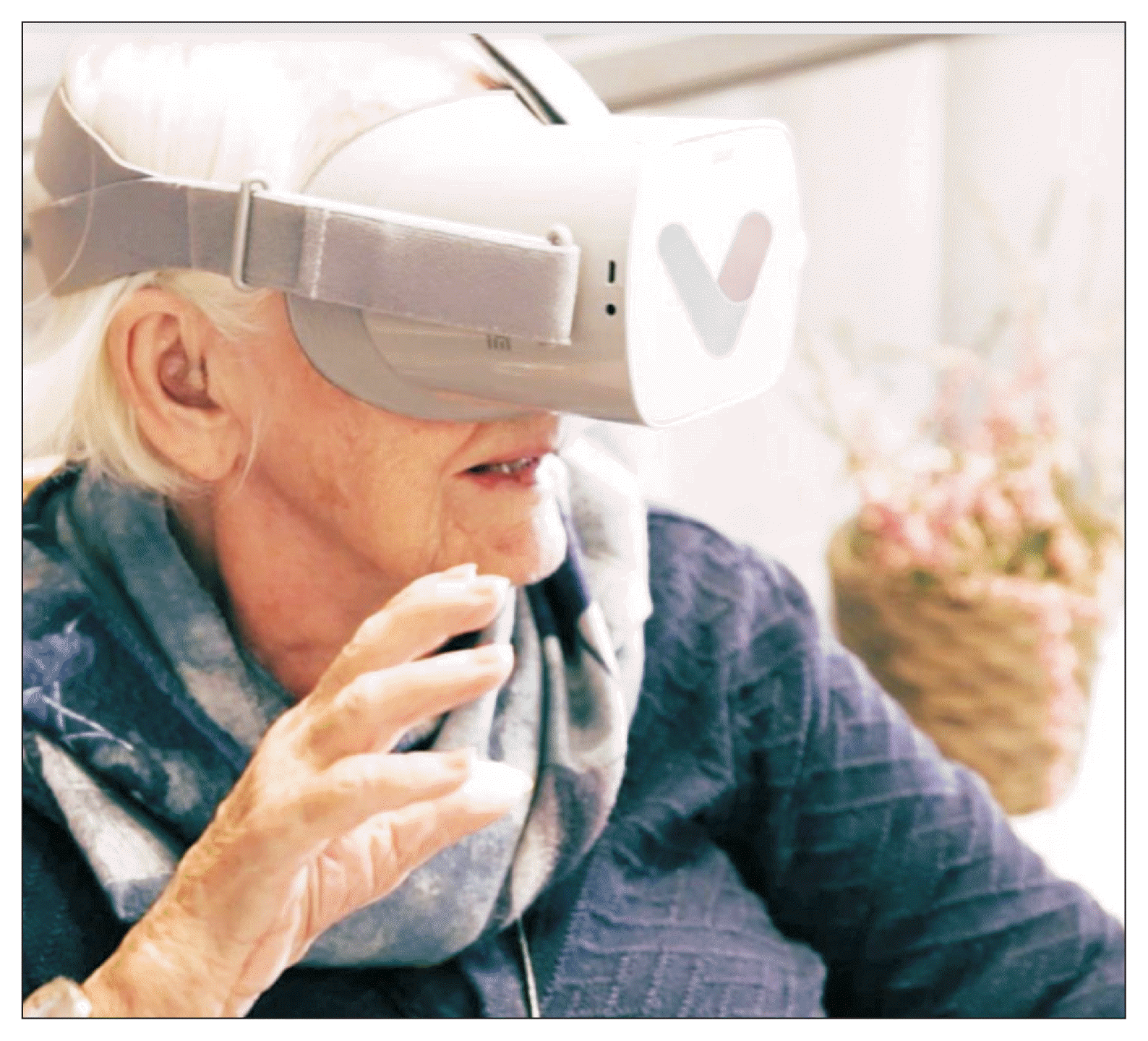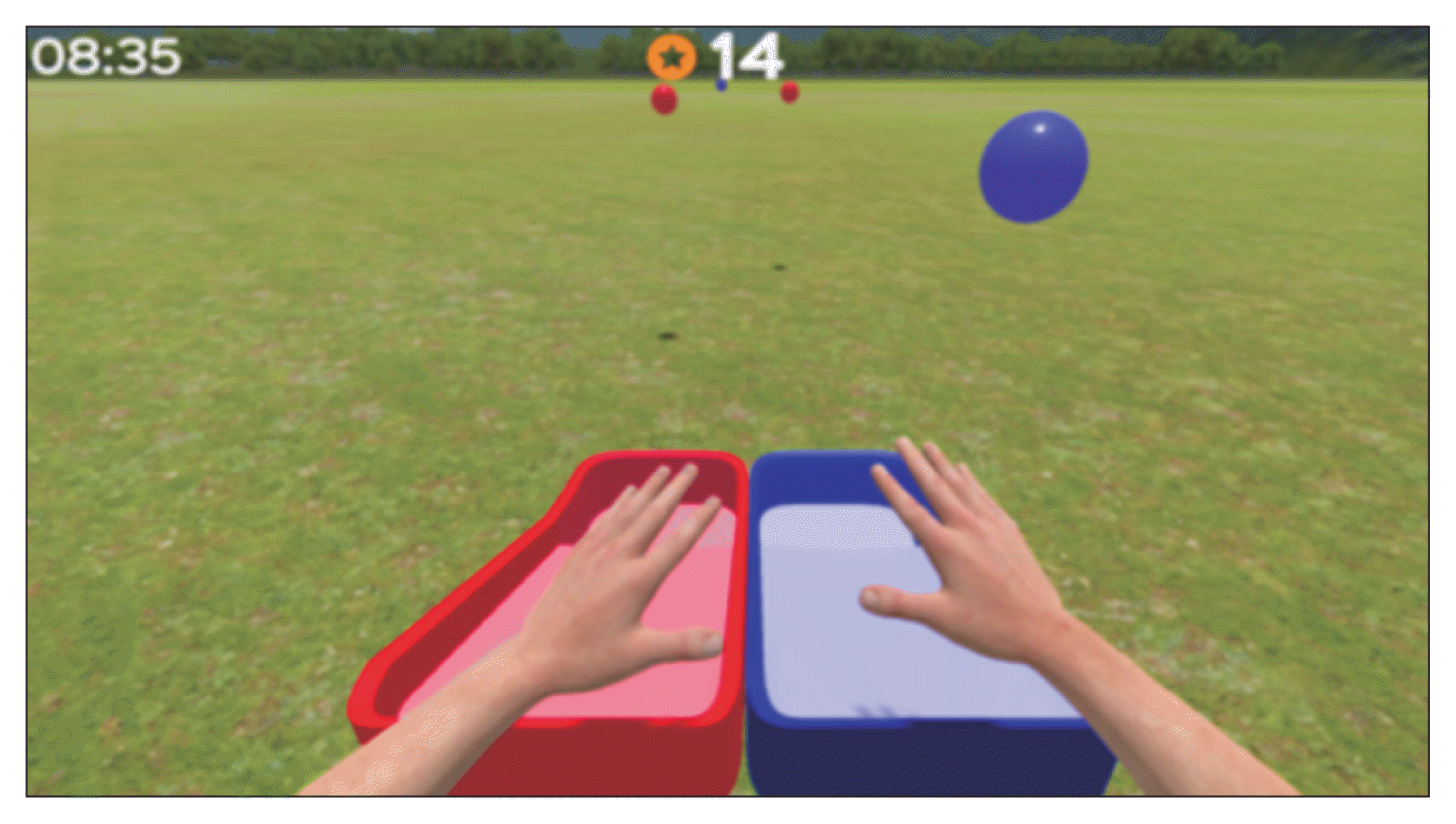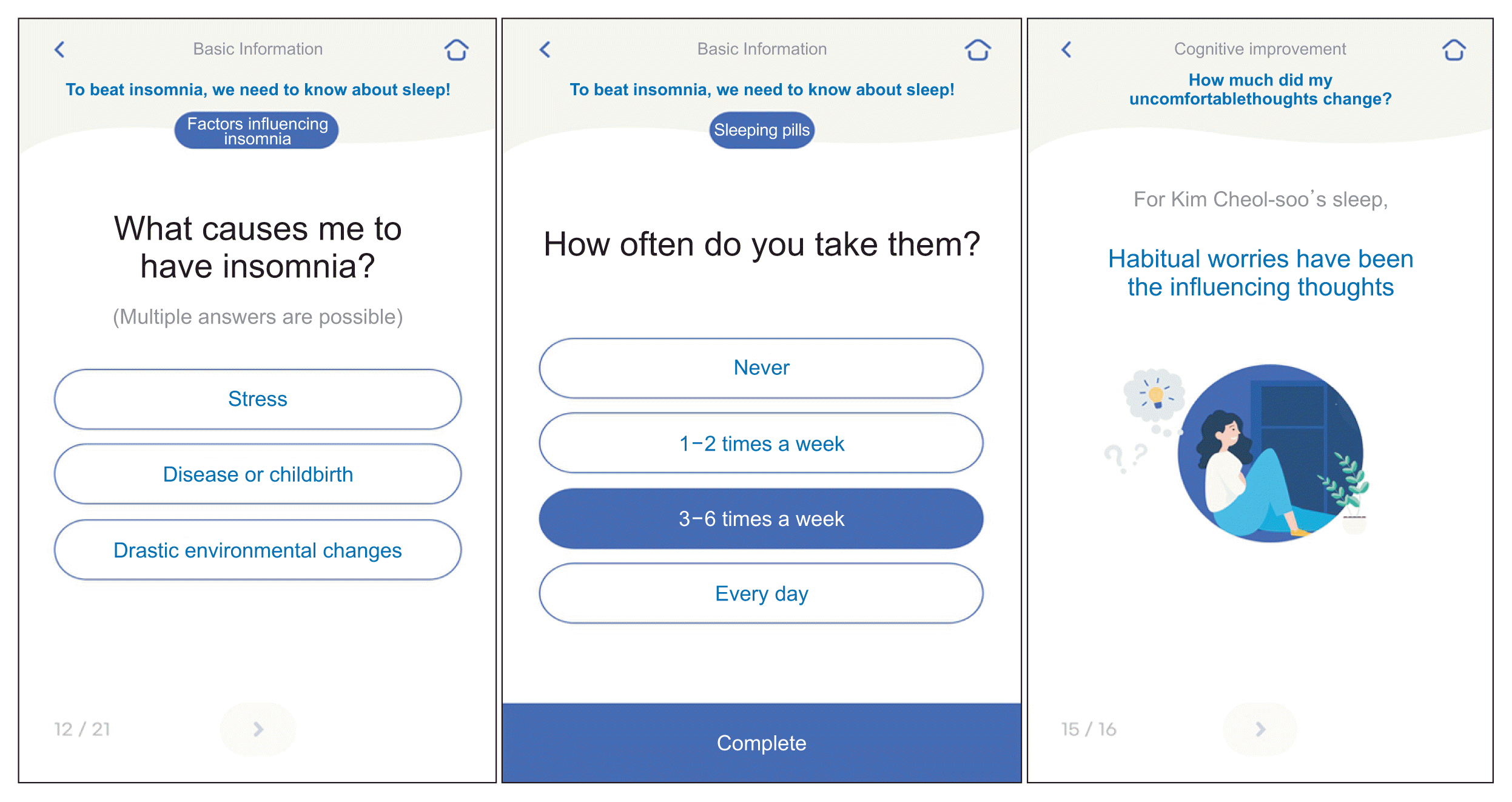3. van Ravesteijn HJ, Suijkerbuijk YB, Langbroek JA, Muskens E, Lucassen PL, van Weel C, et al. Mindfulness-based cognitive therapy (MBCT) for patients with medically unexplained symptoms: process of change. J Psychosom Res. 2014; 77(1):27–33.
https://doi.org/10.1016/j.jpsychores.2014.04.010.

4. McCarthy AM, Kleiber C. A conceptual model of factors influencing children’s responses to a painful procedure when parents are distraction coaches. J Pediatr Nurs. 2006; 21(2):88–98.
https://doi.org/10.1016/j.pedn.2005.06.007.

5. Bang EB, Kim M, Kim JH, Kim J. The effects of virtual reality graded exposure therapy on public speaking anxiety and self-focused attention in female university students. Korean J Health Psychol. 2019; 24(2):293–309.

7. Jung HU, Kim GS. A study on the current state of media and recognition of art therapists. Korean J Art Ther. 2019; 26(2):407–25.

8. Park Y. Concept of therapeutic exercise and clinical application. J Korean Soc Menopause. 2006; 12(1):10–8.
14. Gupta A, Scott K, Dukewich M. Innovative technology using virtual reality in the treatment of pain: does it reduce pain via distraction, or is there more to it? Pain Med. 2018; 19(1):151–9.
https://doi.org/10.1093/pm/pnx109.

17. Park M. A study on the effectiveness of reminiscence therapy for the demented elderly: centered on the improvement of the cognition, memory, behavior problems and the activity of daily living [master’s thesis]. Daejeon, Korea: Mokwon University;2004.
18. Lee S, Won G, Wu S. A study on the feasibility and future of digital art therapy. Korea Hum Comput Interact Conf. 2009; 2009:1309–15.
19. Ryu OH, Lee KM. The effect of art therapy on self-esteem and emotional stability. Korean J Art Ther. 2003; 10(2):231–47.
20. Kaimal G, Carroll-Haskins K, Berberian M, Dougherty A, Carlton N, Ramakrishnan A. Virtual reality in art therapy: a pilot qualitative study of the novel medium and implications for practice. Art Ther. 2020; 37(1):16–24.
https://doi.org/10.1080/07421656.2019.1659662.

21. Asadzadeh A, Samad-Soltani T, Salahzadeh Z, Rezaei-Hachesu P. Effectiveness of virtual reality-based exercise therapy in rehabilitation: a scoping review. Inform Med Unlocked. 2021; 24:100562.
https://doi.org/10.1016/j.imu.2021.100562.

22. Chang BH. A study on the therapeutic applications of digital games (KOCCA20-39). Naju, Korea: Korea Creative Content Agency;2020.
23. Suh M. AIMMED’s insomnia app Somzz: Korea’s first digital therapeutics [Internet]. Seoul, Korea: MEDIGATE News;2023. [cited at 2023 Jul 22]. Available from:
https://medigatenews.com/news/3653276147.
25. AppliedVR. About discover [Internet]. Van Nuys (CA): AppliedVR Inc;c2022. [cited at 2023 Jul 22]. Available from:
https://www.relievrx.com/.
26. Garcia LM, Birckhead BJ, Krishnamurthy P, Sackman J, Mackey IG, Louis RG, et al. An 8-week self-administered at-home behavioral skills-based virtual reality program for chronic low back pain: double-blind, randomized, placebo-controlled trial conducted during COVID-19. J Med Internet Res. 2021; 23(2):e26292.
https://doi.org/10.2196/26292.

27. Zimmer A. Beyond the screen: the potential of smartphone apps and immersive technologies in exposure-based interventions for phobias [Internet]. Basel: Switzerland: Faculty of Psychology, University of Basel;2022. [cited at 2023 Jul 22]. Available from:
https://edoc.unibas.ch/88859/1/Dissertation%20A.Zimmer.pdf.
30. Virtue Health. LookBack: virtual therapy for dementia [Internet]. London, UK: Virtue Health Inc;c2020. [cited at 2023 February 17]. Available from:
https://www.virtue.io/lookback/.
31. Hacmun I, Regev D, Salomon R. Artistic creation in virtual reality for art therapy: a qualitative study with expert art therapists. Arts Psychother. 2021; 72:101745.
https://doi.org/10.1016/j.aip.2020.101745.

32. Kaimal G, Carroll-Haskins K, Berberian M, Dougherty A, Carlton N, Ramakrishnan A. Virtual reality in art therapy: a pilot qualitative study of the novel medium and implications for practice. Art Ther. 2020; 37(1):16–24.
https://doi.org/10.1080/07421656.2019.1659662.

39. Digital Therapeutics Alliance. About DTA [Internet]. Virginia Beach (VA): Digital Therapeutics Alliance;c2022. [cited at 2023 Jul 22]. Available from:
https://dtx-alliance.org/about-dta/.









 PDF
PDF Citation
Citation Print
Print




 XML Download
XML Download